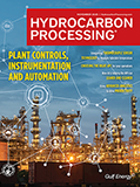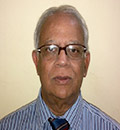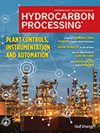Examination of design temperature allowance on creep range piping
This article delves into the effects of providing standard design temperature allowances for piping systems operating in the creep range. The aim of examining this practice is to enhance the understanding of its implications for pipe engineering.
IP: 10.9.195.137
This is a preview of our premium content. Thank you for your interest—please
log in or
subscribe to read the full article.
The Authors
M. G. Choudhury - KBR, Haryana, India
Mrinmoy Ghosh Choudhury is an engineering professional with extensive experience in process plant engineering, with special emphasis on concept layout, stress and support of materials. He has been involved in numerous problem-solving activities related to plant startups—vibration, rotary equipment alignment, piping/equipment system failures, etc. Choudhury has contributed numerous papers to respected engineering journals like Hydrocarbon Processing. In his professional life, he has been involved with Reliance Engineering, Toyo Engineering India, Chemtex Engineering India, Engineers India Ltd. DCPL and KBR Technology India.
Dargan, S. S. - KBR, Gurugram, India
Sukhjinder Singh Dargan is a seasoned engineering professional with a rich 18-yr background in the piping stress analysis domain, focusing on process plants, refineries and fertilizer plants. Since 2018, he has been an integral part of KBR in Gurgaon, India. Prior to his tenure at KBR, Dargan worked at L&T Chiyoda, India, and Fluor Daniel, India, where he honed his expertise in this field.
A. Ashesh - KBR, Haryana, India
Avijit Ashesh works as a Piping eEgineer at KBR, Gurgaon, India. He has more than 15 yr of experience in the design, engineering and troubleshooting of piping systems for the fertilizer, refining and petrochemical industries. Prior to joining KBR, Ashesh has been associated with PDIL, Samsung Engineering and Fluor Corp.
Related Articles
From the Archive









Comments